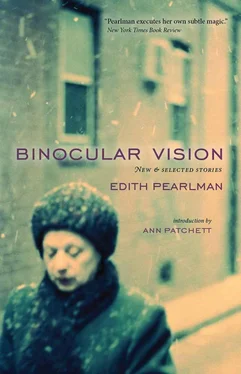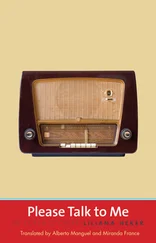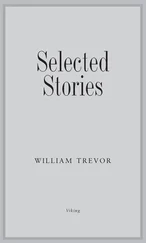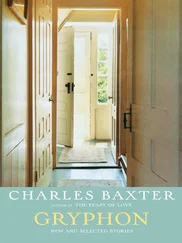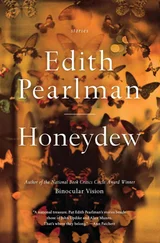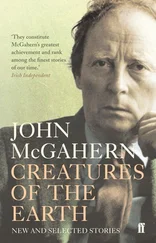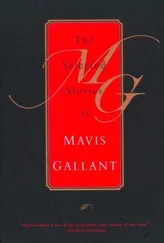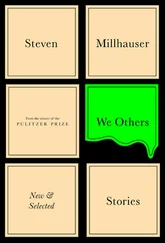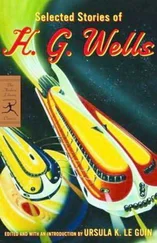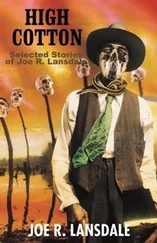Edith Pearlman
Binocular Vision: New & Selected Stories
TO THAT GREAT LIST of human mysteries which includes the construction of the pyramids and the persistent use of Styrofoam as a packing material let me add this one: why isn’t Edith Pearlman famous? Of course by not having the level of recognition her work so clearly deserves, she gives those of us who love her the smug satisfaction of being in the know. Say the words Edith Pearlman to certain enlightened readers and you are instantly acknowledged as an insider, a person who understands and appreciates that which is beautiful. Still, I think that Binocular Vision: New & Selected Stories should be the book with which Edith Pearlman casts off her secret-handshake status and takes up her rightful position as a national treasure. Put her stories beside those of John Updike and Alice Munro. That’s where they belong.
I first read Edith Pearlman when I was the guest editor for Best American Short Stories , in 2006. Somehow two of my favorite stories in the more than one hundred I was given to choose from—“On Junius Bridge” and “Self-Reliance”—were by the same writer, a writer I’d never heard of. How was this possible? Katrina Kenison, who was then the series editor, told me that finding new Edith Pearlman stories year after year was one of the greatest pleasures of her job. After a ridiculous amount of consideration, I decided to include “Self-Reliance” in the collection, only because taking two stories by the same author simply isn’t done. From there I went straight to her backlist: How to Fall, Love Among the Greats , and Vaquita. My transcendent love for Edith Pearlman was sealed.
But even when love is sealed, it can still grow. When Best American Short Stories 2006 was published, there was a party for the book in Cambridge, Massachusetts, and for that party three actors were hired to do readings of three of the stories from the collection. It was going to be my job to do the introductions, except that two days before the event, one of the actors fell through. I was told it would be up to me to read “Self-Reliance.”
While I am no stranger to giving public readings, there’s a big difference between reading your own work and performing someone else’s work alongside two professional actors. And so I locked myself in my hotel room and, sitting in the middle of the bed, I practiced. It is not a long story and I easily read it aloud twenty times before I was sure I had it. I am here to tell you: There are very few things that hold up to being read twenty times aloud, and very, very few things that improve with every pass, but the more I subjected “Self-Reliance” to repetition, the more it bloomed. I felt like a junior watchmaker taking apart a Vacheron Constantin. I knew the story was good when I first read it, but when I had read it twenty times I could see that it was flawless. Every word in every sentence was indispensable, every observation subtle and complex. The rhythm of the language carried the reader forward as much as the plot. Every time I thought I had mastered all of the nuances, the story offered up another part of itself to me, something quiet and undemanding that had been standing back and waiting for me to find it. This is not to say that the stories in this book need to be read repeatedly in order to be fully comprehended. It’s to say that there is such richness in them, such depth of spirit, that they are capable of taking you as far as you are willing to go.
It is without a trace of vanity that I tell you I brought the house down that night. Edith Pearlman herself was in the audience, which made me feel like I had the lead in Uncle Vanya on a night that Chekhov was in attendance. My only challenge was to keep from interrupting myself as I read. So often I wanted to stop and say to the audience, “Did you hear that? Do you understand how good this is?”
A year later, I was asked to give a reading at my public library in Nashville for adult story hour (grown-ups who come together at lunch to hear grown-up fiction) and I had the chance to read “Self-Reliance” again. A repeat performance! The considerable crowd went wild. They wanted to know how they had they never heard of Edith Pearlman before. I told them I understood their confusion. I had used less than half of my allotted hour and so I suggested a discussion of the story.
“No,” someone called out. “We want another Pearlman story.”
“Read another story,” the audience cried.
So I picked up one of her books (it was a library, after all) and started to read aloud. And even though I wasn’t prepared, the brilliance of the work carried me through. It turned out to be the second-best reading I have ever given.
When I was asked to write this introduction, an invitation I leapt at, I sat down to read the manuscript with a pen in my hand. I thought it would be a good idea to underline some of the best sentences so I could quote them along the way, but I could quickly see the ridiculousness of that idea. I was underlining the entire book. Okay, I thought, just put a check by your favorite stories so you can be sure to mention them, but by the time I’d finished reading the book, every one of them was checked. Every story.
What you have in your hands now is a treasure, a book you could take to a desert island knowing that every time you got to the end you could simply turn to the front cover and start it all again. It is not a collection of bus crashes, junkies, and despair. Despair is much easier to write about than self-reliance. These stories are an exercise in imagination and compassion, a trip around the world, an example of what happens when talent meets discipline and a stunning intelligence. This collection offers a look at an artist at the height of her powers. Once you have read it, I hope you will go forth and spread the news. Edith Pearlman has been a secret much too long.
ANN PATCHETT
Author of Run and Bel Canto
Nashville, July 2010
ON THE SUBWAY Sophie recited the list of stations like a poem. Then she read the names from the bottom up. Saying something backward made it easy to remember, sealed it in.
When the family got off at the Harvard Square station she frowned at a platform sign. “Outbound?” she asked her mother.
Joanna was bending over Lily’s stroller, adjusting the child’s harness. So Ken answered. “Outbound in this case means away from the center of the city,” he said. “There are two sets of tracks, coextensive.” He paused. Coextensive? Sophie had learned to read at three; her vocabulary at seven was prodigious; still … “They coextend,” he tried. “One set of tracks carries trains outbound and the other carries them …?”
“Inbound,” Sophie said. “Then when we go back to the hotel we’ll go inbound. But why aren’t the inbound tracks next to these ones? Yesterday, under the aquarium …”
Ken inhaled deeply; for a moment Sophie regretted getting him started. “This Harvard Square station used to be the terminus,” he told her, “the last stop. When the engineers enlarged the system they ran up against the sewers, so they had to separate inbound and outbound vertically.” He had invented this explanation, or maybe he’d heard it somewhere. “Inbound is one level below us.” That much he was sure of.
The family walked down a shallow ramp to the concourse. Sophie led the way. Her straight blond hair half covered the multi-colored hump of her new backpack, a birthday gift from her parents. During their early-married travels Ken and Joanna had worn explorers’ rucksacks to out-of-the-way places. After Sophie was born they traveled only to France, always with their little girl. This venture from the northern plains, across half the country, was the first family excursion since Lily’s birth two years ago. “An excursion is a loop,” Joanna had lightly explained to Sophie. “We start from home, we end up at home.”
Читать дальше
